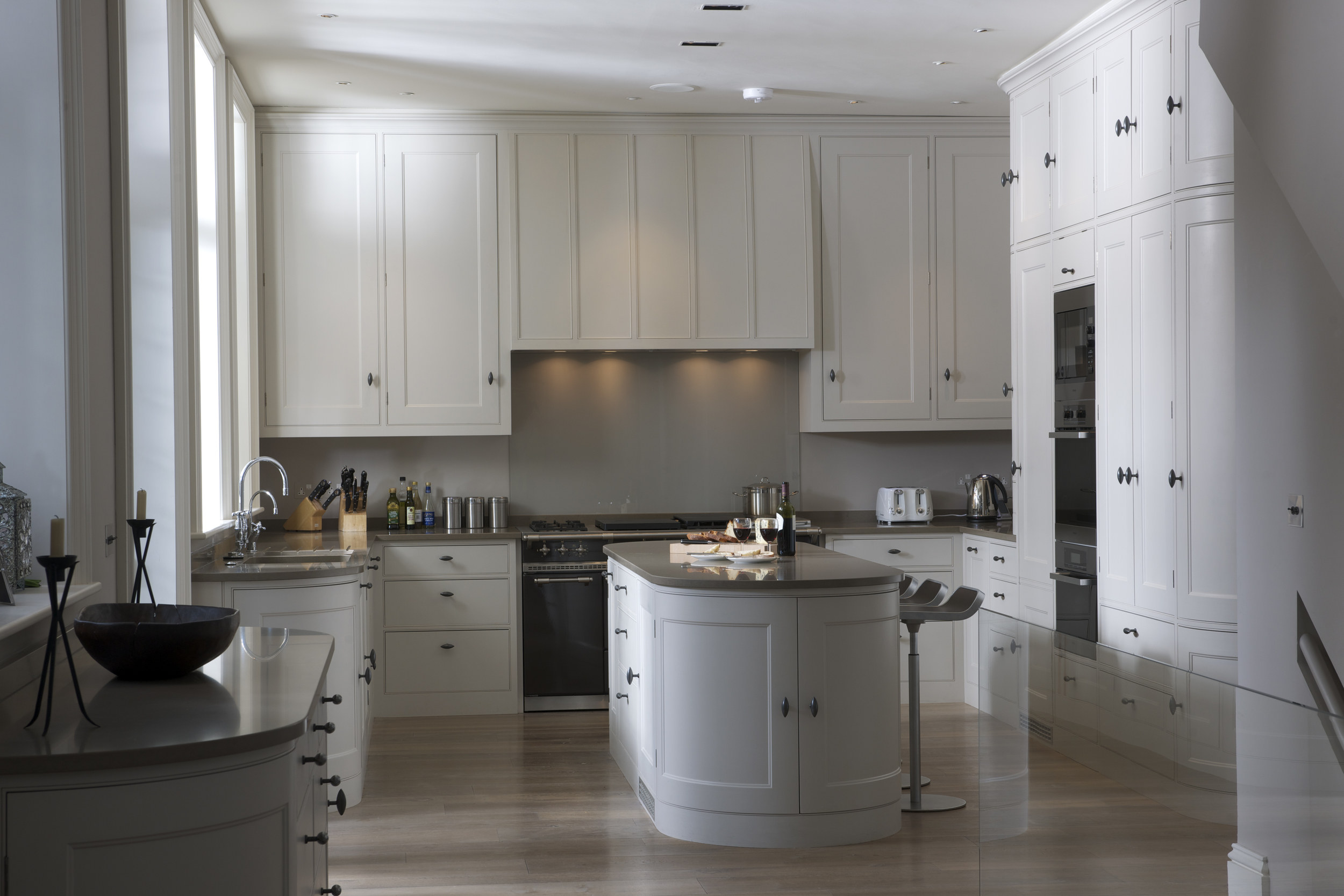The kitchen really is the heart of the home – it probably seems like a cliché as the expression is somewhat overused but nevertheless in most households, it’s true.
With this in mind it’s worth investing in a good quality kitchen that comes in at the top end of your budget. Not only is it the social hub for most families but it is also a key selling point when looking to move on.
Bespoke is best
Tim Moss is a sought after kitchen and furniture designer and he recommends choosing a bespoke kitchen when looking for real quality. ‘With total freedom from the restraints of mass production, the design is tailor made for the space and to exacting standards of craftsmanship,’ he says. ‘When buying a genuinely bespoke kitchen the overall quality of design and build should be of the highest standard. A badly designed kitchen will not look nice, feel nice or work well.’
Choose materials that last
Quartz is a popular material choice for Moss but when it comes to the carcasses he uses veneered blockboards as he says this is a far superior material to MDF or chipboard. For door frames and framing however he prefers to use solid wood (usually Liriodendron tulipifera) and says that if you use good quality wood you can expect the kitchen to last a lifetime.
Feel the quality
Most designers agree that you should not to be afraid to touch and feel the products that you are considering using. Interior designer Kia Sunda does this when choosing hardware. She says: ‘Firstly it is really important to make sure that draw box mechanisms work smoothly and consistently throughout the kitchen. My best way of checking this is to fiddle. I go through the showroom and open everything. I will close it roughly and pull it open quickly to find out if it still runs smoothly or if it slams.’ Moss agrees with the importance of touch and says: ‘There are nearly always cheap alternatives but when you hold the real thing and its cheap counterpart the choice becomes obvious.’
Light the space
Lighting should not be underestimated in the kitchen. ‘Lighting can make or break a design,’ says Moss, explaining that this is sometimes trickier in a kitchen where you need strong task lighting as well as softer ambient light. ‘It’s important to have directional lights in the ceiling and pendants above an island and dining table enhance the overall feel.’
There really is no substitute for quality and the only way to guarantee a well-crafted, long lasting and durable kitchen design is to invest wisely and choose the best components that your budget will allow.











